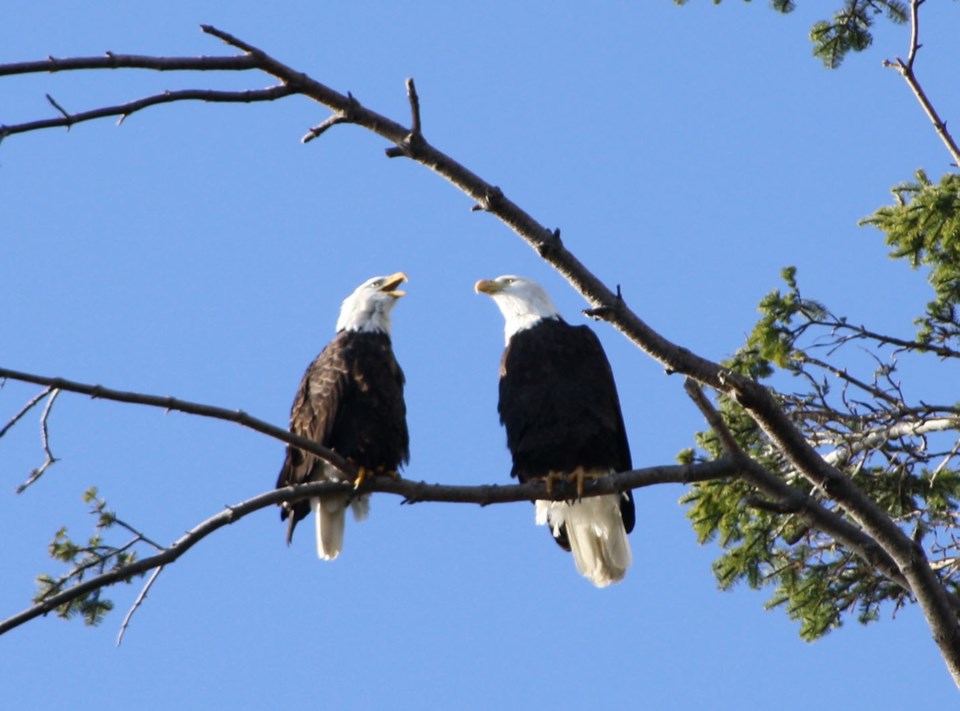Fifteen species of true raptorial birds have been recorded on the Sunshine Coast. Many of them are resident with us on a year-round basis, others are summer visitors and others are transients passing through during migration. Two of the fifteen are rare vagrants to coastal BC. In late September and early October there is a very significant migratory movement along and overhead on the Sunshine Coast. Much of this movement is unseen as the hundreds/thousands of birds generally move southwards at great height along the coastal ridge.
Local birders have been aware of this movement since the early 1980s and most will make an annual trip up the local logging roads to observe it. The most popular observation location at present is a large regenerating clearcut at about K7 on the Wilson Creek Forest Service Road. The clearcut allows good all round sight lines as the birds move in a general north-south direction, arriving from the direction of Sechelt Inlet and moving towards Mt. Elphinstone.
The strategy of the raptors is to utilize the thermal uplift gained from the ridge and most of them are observed lazily circling as they drift southwards, expending very little energy in the process. Our local site is an example of a phenomenon known around the world. Some of the most famous world locations for raptor flights are Hawk Mountain in Pennsylvania, Eilat in Israel, Gibraltar, the Isthmus of Panama, and certain locations in the Rocky Mountains.
On a good day (and the best observation days are on clear days immediately after the passing of a front) there is a continual procession of birds passing overhead with up to 50 birds an hour. The most abundant species are red-tailed, sharp-shinned and Cooper’s hawks. Some days there are large numbers of bald eagles and other times turkey vultures predominate. Also seen in small numbers are ospreys, northern harriers and all three falcons (peregrine, merlin and kestrel). Occasionally there is a rarity such as a golden eagle or a rough-legged hawk. The hawk watch also occasionally produces sightings of northern shrikes and pygmy owls, species that are not true raptors but share the same predatory behaviour.
The first meeting of the winter of the Sunshine Coast Natural History Society is this Friday, Oct. 5. Check their website for details. To report your sightings or questions, contact [email protected] or 604-885-5539. Good birding.



